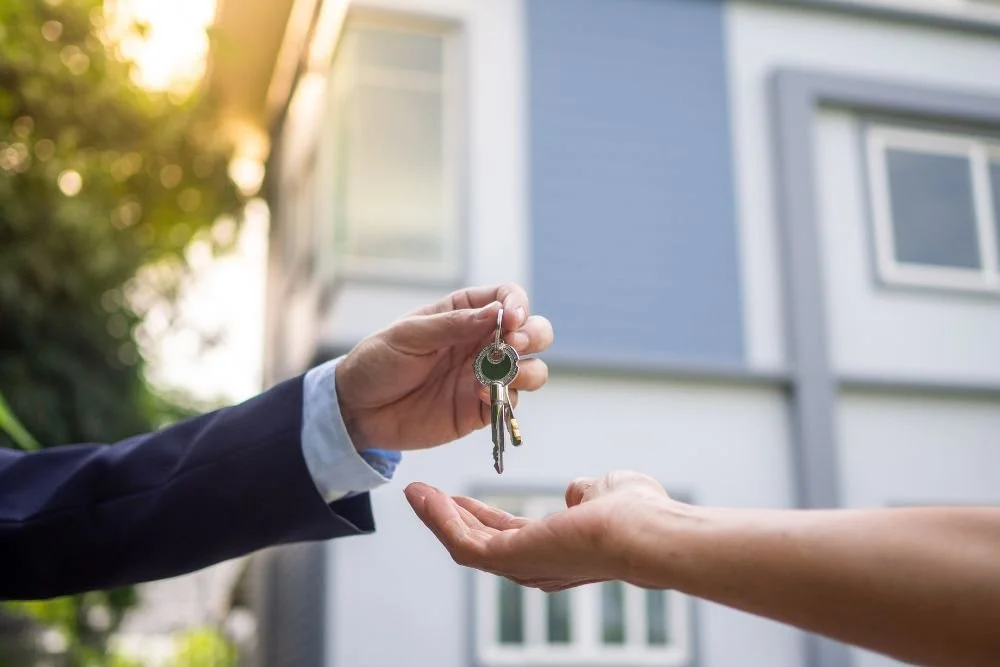
How Solar-Ready Homes Are Revolutionizing Real Estate Sales
How Solar-Ready Homes Are Revolutionizing Real Estate Sales

Solar-ready homes are revolutionizing real estate by offering buyers a blend of sustainability and economic benefits. With a growing emphasis on renewable energy and an increasingly solar future, these homes have become a key selling point for forward-thinking buyers. By integrating advanced solar technologies, properties gain a competitive edge, and help owners reduce their carbon footprint.
Solar Innovations Leading the Revolution
Continuous advancements in solar technology fuel the push for solar-ready homes. Modern solutions like high-efficiency solar panels and integrated systems allow homeowners to harness renewable energy effectively. Integrating advanced solar technologies makes it easier for homeowners to adopt renewable energy solutions. EnGoPlanet stands out as a company whose products can enhance property value and reduce environmental impact. This progress makes solar systems more affordable and user-friendly, encouraging adoption across various demographics.
Another way solar-ready homes are revolutionizing real estate is the incorporation of smart home technology. Solar-ready homes now feature tools that monitor energy usage, optimize panel performance, and provide real-time data on energy savings. These features appeal to tech-savvy buyers, further driving demand in the real estate sector.
Increased Buyer Demand for Solar-Ready Properties
As environmental awareness grows, so does the appeal of homes that prioritize sustainability. Buyers are actively seeking properties that offer reduced energy costs and align with eco-conscious values. Solar-ready homes cater to these needs, significantly shifting purchasing priorities.
Incentives provided by governments and utility companies also contribute to the rising demand, making solar a great investment. Tax credits and rebates for installing solar systems make these homes even more attractive. Additionally, energy savings over time can offset the initial investment, making solar-ready homes a financially smart choice for buyers.
Enhancing Efficiency and Utility of Solar-Ready Homes
Maximizing the efficiency of solar-ready homes requires thoughtful design and strategic enhancements. To achieve optimal performance, many homeowners are incorporating solar battery storage solutions. Many homeowners are choosing to get solar battery storage to maximize the efficiency of solar-ready homes. This addition not only ensures an uninterrupted energy supply during outages but also enhances the overall value and appeal of the property in the real estate market.
Proper maintenance and system upgrades also play a crucial role in ensuring long-term efficiency. Regular cleaning of panels and routine inspections can significantly boost energy output. Homeowners who invest in these measures can enjoy consistent savings and maintain the property’s appeal in the competitive housing market.
Real Estate Market Impact
Solar-ready homes are revolutionizing real estate by their impact on real estate trends. These properties often sell faster and at higher prices compared to traditional homes. The perception of reduced utility bills and environmental responsibility makes solar-ready homes highly desirable among buyers.
Regions with abundant sunlight, such as California and Arizona, have seen a notable increase in demand for energy-efficient homes. However, even in areas with less consistent sunlight, advancements in technology ensure efficient energy production, expanding the appeal of these properties nationwide. Real estate agents increasingly highlight solar features as a primary selling point, recognizing their influence on buyer decisions.
Environmental Benefits of Solar-Ready Homes
One of the most significant advantages of solar-ready homes is their positive impact on the environment. These homes help reduce reliance on fossil fuels, major contributors to greenhouse gas emissions. By generating clean energy from the sun, solar-ready homes decrease carbon footprints and promote a more sustainable lifestyle.
Moreover, solar energy reduces the strain on traditional power grids, especially during peak usage times. This lowers overall energy consumption and minimizes the risk of power outages. Communities with a higher concentration of solar-ready homes can collectively benefit from a more stable and reliable energy supply. These environmental perks further enhance the appeal of solar-ready homes, solidifying their role in combating climate change.
The environmental benefits extend beyond individual households. By increasing demand for solar-ready homes, the real estate market can drive broader adoption of renewable energy solutions. This shift encourages manufacturers and governments to invest more in sustainable energy infrastructure, creating a ripple effect of positive change for the planet.
Financial Incentives for Solar-Ready Homeowners
Investing in a solar-ready home comes with a variety of financial incentives. Homeowners can take advantage of federal tax credits, state-level rebates, and utility incentives to offset the initial solar installation costs. These programs make solar systems more accessible to a wider range of buyers, ensuring affordability without sacrificing quality.
Additionally, solar-ready homes offer long-term savings through reduced energy bills. Over time, the energy generated by solar panels can significantly lower monthly utility costs, creating a financial cushion for homeowners. Many buyers consider this a major advantage when choosing between traditional properties and solar-ready alternatives.
Another financial benefit is the increased resale value of solar-ready homes. Studies show that properties with solar installations often sell at a premium compared to non-solar homes. This enhanced value provides a strong return on investment, making solar-ready homes an appealing choice for both current and future homeowners. As awareness of these financial advantages grows, more buyers will likely prioritize solar-ready homes in their search for sustainable housing options.
The Future of Solar-Ready Homes
The shift toward renewable energy is more than a trend; it’s a necessary evolution in housing. Solar-ready homes represent a commitment to sustainability and innovation, setting a new standard in real estate. As technology advances, the accessibility and affordability of solar solutions will likely improve, further solidifying their place in the market.
For buyers and sellers alike, focusing on solar-ready homes offers a unique opportunity to embrace eco-friendly living while enhancing property value. These solar-ready homes are revolutionizing real estate and reshaping how we approach energy consumption and sustainability. With the right investments and upgrades, solar-ready homes can continue to lead the way in creating a greener future.
solar-ready homes are revolutionizing real estate
Discover how advancements in solar-ready homes are revolutionizing real estate and boosting property values.
https://www.sciencedirect.com/science/article/abs/pii/S0196890404000160
https://www.pexels.com/photo/man-with-gloves-holding-solar-panels-on-the-roof-9875408/
How Solar-Ready Homes Are Revolutionizing Real Estate Sales Read More »









































